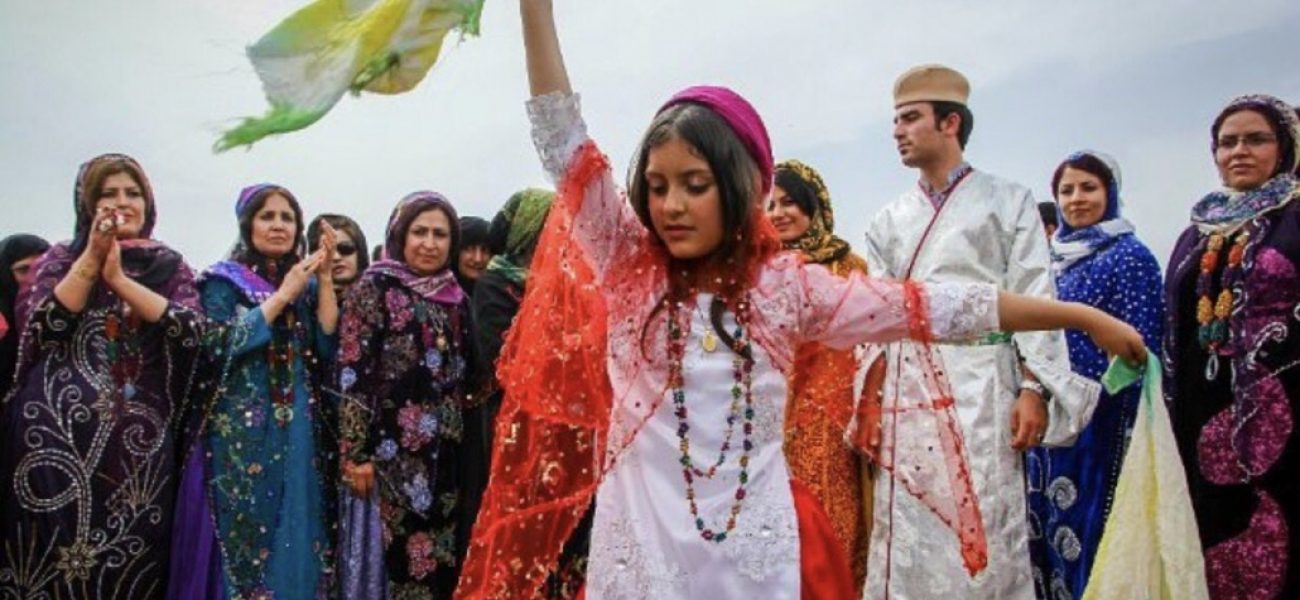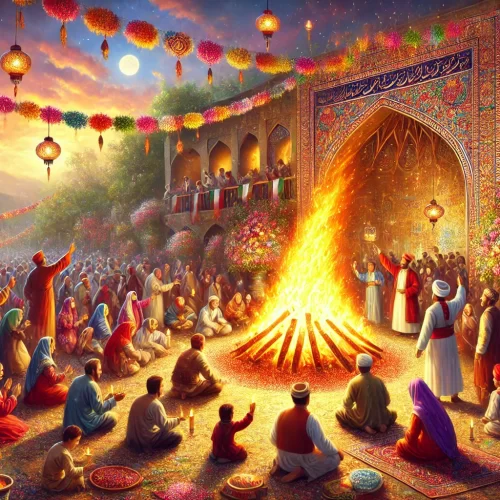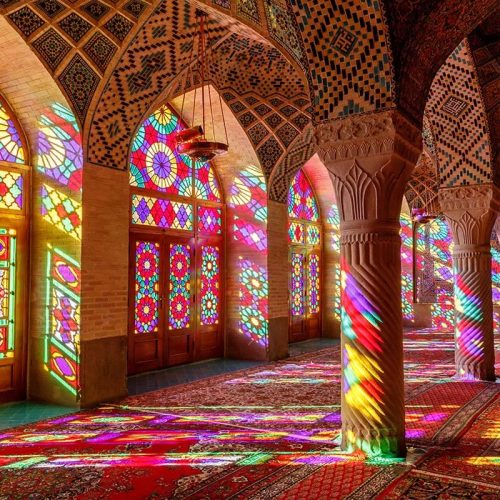Nestled within the diverse and multifaceted landscape of Iran lies the story of the Tat people—a community that embodies the rich cultural and historical tapestry of the region. As we delve into the narrative of the Tat people, we uncover a journey that intertwines with the broader history of Iran, revealing a unique blend of cultural resilience, linguistic diversity, and enduring traditions. This article seeks to explore the Tat people through the lenses of sociology, cultural anthropology, and ethnography, painting a vivid portrait of their lives, traditions, and identity.
Origins and Historical Context
The Tat people, a distinct ethnic group within the diverse tapestry of Iran’s population, have a rich and complex history that spans centuries. Their origins and historical development are deeply intertwined with the broader historical and cultural dynamics of Iran and the surrounding regions.
Ancient Roots and Early History
The Tat people trace their lineage back to ancient times, with historical records and linguistic evidence suggesting that they have inhabited the northern and northwestern regions of Iran for millennia. The term “Tat” has been historically fluid, often used by Persian speakers to refer to settled farmers and townspeople, as opposed to nomadic tribes. This designation reflects the socio-economic distinctions in the region’s history.
The early history of the Tat people is closely connected with the broader history of the Iranian plateau. The region has seen the rise and fall of numerous empires, each leaving its mark on the cultural and linguistic landscape. The Achaemenid Empire (550-330 BCE), which established one of the first great Persian empires, played a significant role in shaping the cultural identity of the region. The spread of the Old Persian language and Zoroastrian religion during this period laid the groundwork for the cultural and linguistic development of the Tat people.
During the Parthian (247 BCE – 224 CE) and Sassanian (224-651 CE) empires, the northwestern regions of Iran continued to be a melting pot of cultures and languages. The influence of Middle Persian (Pahlavi) during the Sassanian era is particularly notable, as it contributed to the linguistic evolution that would eventually give rise to the Tati language.
Medieval and Post-Islamic Periods
The Arab conquest of Iran in the 7th century CE and the subsequent spread of Islam introduced significant changes to the region. The Islamic Caliphates facilitated cultural and linguistic exchanges between the Persian-speaking populations and the Arab world. Despite these influences, the Tat people managed to retain their linguistic and cultural distinctiveness, continuing to speak their unique dialects and maintain their traditional practices.
The medieval period also saw the rise of local dynasties and kingdoms, such as the Daylamites and the Seljuks, who ruled parts of northern Iran. The Tat people, residing in the mountainous regions, often found themselves on the periphery of these larger political entities. This relative isolation helped preserve their cultural and linguistic heritage, even as the broader region experienced waves of cultural assimilation and transformation.
The Safavid Era and Beyond
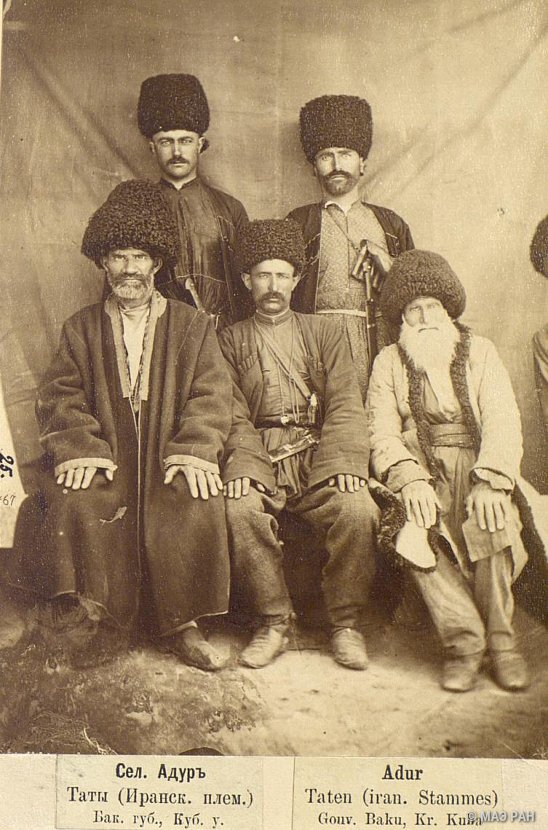
The rise of the Safavid Empire in the 16th century marked a significant era in Iranian history. The Safavids established Twelver Shia Islam as the state religion, which had profound implications for the cultural and religious landscape of Iran. The Tat people, like many other groups in Iran, were influenced by this shift, but they also maintained their unique cultural identity through their language, traditions, and local customs.
The Safavid period also witnessed increased centralization and the consolidation of state power, which affected the Tat people’s socio-political status. The Tat communities, primarily located in rural and mountainous areas, were often marginalized from the political and economic centers of power. This marginalization, however, also contributed to the preservation of their distinct cultural and linguistic identity.
Linguistic and Cultural Resilience
Throughout these historical periods, the Tat people have shown remarkable resilience in maintaining their linguistic and cultural heritage. The Tati language, a branch of the Northwestern Iranian languages, has preserved many archaic features that provide valuable insights into the historical development of the Persian language. The various dialects of Tati, including Harzandi, Karingani, and Takestani, reflect the linguistic diversity within the Tat community.
Cultural resilience is also evident in the Tat people’s adherence to traditional practices, social structures, and communal values. Despite the pressures of modernization and assimilation, they have managed to retain their unique identity, passing down their customs and traditions through generations.
Modern Challenges and Revival Efforts
In contemporary times, the Tat people face numerous challenges that threaten their cultural and linguistic heritage. The dominance of Persian as the national language, coupled with urbanization and modernization, has led to a gradual decline in the use of the Tati language. Younger generations, particularly those who migrate to urban areas for education and employment, often adopt Persian as their primary language, further eroding the linguistic heritage of the Tat community.
Economic pressures and changes in traditional lifestyles also pose significant challenges. The shift from agrarian and pastoral economies to more urban and industrial livelihoods has disrupted traditional social structures and communal practices. These changes have led to a weakening of the intergenerational transmission of cultural knowledge and practices.
In response to these challenges, there have been concerted efforts to revive and preserve the cultural and linguistic heritage of the Tat people. Community-led initiatives aim to document and teach the Tati language, organize cultural festivals, and promote social cohesion. These efforts are crucial in ensuring that the Tat heritage remains vibrant and relevant in the modern world.
The origins and historical context of the Tat people of Iran paint a picture of a resilient and culturally rich community. Their journey through the annals of history, marked by periods of cultural flourishing and challenges, reflects the broader dynamics of Iran’s ethnic and cultural diversity. The Tat people’s ability to maintain their distinct identity amidst changing socio-political landscapes is a testament to their resilience and cultural strength.
As we explore the history and cultural heritage of the Tat people, we gain a deeper understanding of the intricate tapestry of Iran’s social fabric. Their story is a reminder of the importance of preserving cultural diversity and fostering an appreciation for the unique contributions of each community to the collective heritage of humanity.
Linguistic Heritage
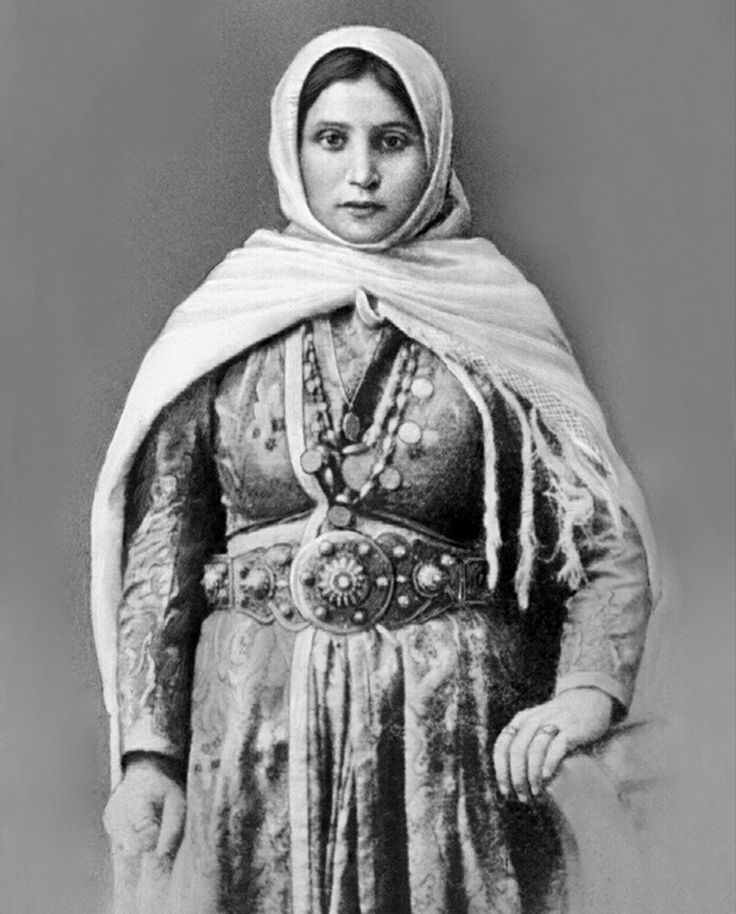
Language is a cornerstone of the Tat identity, serving as both a means of communication and a repository of cultural heritage. The Tati language, with its dialects such as Harzandi, Karingani, and Takestani, showcases the linguistic diversity within the Tat community. Despite its Persian roots, Tati has preserved unique phonetic and grammatical features, distinguishing it from the standard Persian (Farsi) spoken widely across Iran.
Historical Linguistic Development
The Tati language belongs to the Northwestern Iranian branch of the Indo-Iranian language family, a subgroup that also includes languages such as Kurdish and Gilaki. Linguists trace the origins of Tati back to Old and Middle Persian, the languages of the Achaemenid and Sassanian empires. Over centuries, Tati evolved separately, influenced by the region’s specific historical and social dynamics.
During the Sassanian Empire, Middle Persian (Pahlavi) was the administrative and cultural language. The transition from Middle Persian to New Persian occurred gradually, influenced by the Arab conquest in the 7th century, which introduced Arabic linguistic elements. Despite these influences, Tati retained many archaic features that are no longer present in Modern Persian. These features include specific phonetic elements, vocabulary, and grammatical structures that provide insights into the ancient stages of Persian language evolution.
Dialectal Diversity
One of the most remarkable aspects of the Tati language is its dialectal diversity. The primary dialects include Harzandi, Karingani, and Takestani, each with distinct phonological, lexical, and syntactic characteristics:
- Harzandi:
- Spoken in the Harzand region, this dialect is known for its rich vocabulary and distinct phonetic features. Harzandi has preserved many ancient Persian words and sounds, making it a valuable resource for linguists studying the historical development of Iranian languages.
- Unique phonological traits include the preservation of certain consonant clusters and vowel distinctions that have disappeared in other Persian dialects.
- Karingani:
- This dialect is spoken in the Karingan area and exhibits unique syntactic structures and vocabulary influenced by neighboring languages and dialects. Karingani speakers often have a nuanced understanding of regional linguistic variations.
- The influence of Azerbaijani and other Turkic languages is more pronounced in Karingani, reflecting the historical interactions between the Tat and Turkic-speaking communities.
- Takestani:
- Predominantly spoken in the Takestan region, Takestani dialect has a more conservative phonological system, retaining many features of Middle Persian.
- The Takestani dialect is notable for its poetic and literary expressions, with many local poets and bards contributing to the region’s rich oral literature tradition.
Linguistic Features
Tati’s linguistic features distinguish it from Modern Persian, offering a glimpse into the historical evolution of Iranian languages:
- Phonology:
- Tati dialects often preserve consonant clusters and vowel sounds that have simplified in Modern Persian. For instance, the Tati pronunciation of certain words retains older forms of consonants and vowels.
- The distinction between short and long vowels is more pronounced in Tati, a feature that has been largely lost in Modern Persian.
- Morphology and Syntax:
- Tati exhibits complex verb conjugation patterns and noun inflection systems that reflect its historical roots. The use of suffixes and prefixes in verb conjugation and noun modification is more elaborate than in Modern Persian.
- The syntax of Tati often involves sentence structures that are closer to those of Middle Persian, with specific rules for word order and the use of auxiliary verbs.
- Vocabulary:
- The Tati lexicon includes many archaic words and expressions no longer in use in Modern Persian. These words often have direct connections to their Middle Persian counterparts, providing a linguistic bridge to the past.
- Borrowings from neighboring languages, particularly Azerbaijani and other Turkic languages, enrich the Tati vocabulary, reflecting the historical interactions and cultural exchanges in the region.
Cultural Significance of the Tati Language
Language is not merely a tool for communication among the Tat people; it is a vessel of their cultural identity and heritage. The Tati language encapsulates traditional knowledge, oral histories, and folklore, serving as a living archive of the community’s collective memory:
- Oral Literature:
- Tati oral literature is a treasure trove of myths, legends, and folktales that have been passed down through generations. These stories often reflect the values, beliefs, and historical experiences of the Tat people.
- Traditional songs and poems, known as “Dastan” and “Gushe,” are performed during cultural festivals and community gatherings. These performances are not only entertainment but also a means of preserving and transmitting cultural heritage.
- Proverbs and Sayings:
- The Tati language is rich in proverbs and sayings that encapsulate the wisdom and worldview of the Tat people. These expressions are often used in daily conversations, reinforcing social norms and values.
- Proverbs are a vital part of Tati oral tradition, offering insights into the community’s social structures, moral codes, and historical experiences.
- Rituals and Ceremonies:
- Many rituals and ceremonies among the Tat people are conducted in the Tati language, highlighting its importance in spiritual and communal life. These include wedding ceremonies, religious observances, and seasonal festivals.
- The use of Tati in rituals reinforces the language’s role in maintaining cultural continuity and community cohesion.
Contemporary Challenges and Revival Efforts
In contemporary times, the Tati language faces significant challenges, primarily due to the dominance of Persian as the national language and the effects of urbanization and modernization. These factors have led to a gradual decline in the number of fluent Tati speakers, particularly among younger generations. However, there are ongoing efforts to revive and preserve the language:
- Educational Programs:
- Community-led initiatives aim to teach the Tati language in schools and through local educational programs. These efforts include the development of Tati language textbooks, teaching materials, and language courses for both children and adults.
- Language revitalization programs often involve collaboration with linguists and cultural organizations, ensuring that the efforts are well-supported and effective.
- Cultural Festivals and Events:
- Cultural festivals and events play a crucial role in promoting the Tati language and heritage. These gatherings provide opportunities for the community to celebrate their identity, share stories, and perform traditional music and dance.
- Festivals such as Navruz and Mehregan include specific activities and performances conducted in Tati, reinforcing the language’s role in cultural expression.
- Media and Technology:
- The use of media and technology is increasingly important in language preservation efforts. Websites, social media platforms, and mobile applications dedicated to the Tati language provide accessible resources for learning and engagement.
- Digital archives and online libraries offer collections of Tati literature, audio recordings, and educational materials, making the language more accessible to a broader audience.
- Documentation and Research:
- Linguistic documentation and research are critical for preserving the Tati language. Ethnographers and linguists work to record and analyze the various dialects, capturing their unique features and historical significance.
- Oral histories and ethnographic studies provide valuable context for understanding the cultural and social dimensions of the Tati language, ensuring that it is preserved in its full richness.
The linguistic heritage of the Tat people is a vital aspect of their cultural identity, reflecting centuries of history, tradition, and resilience. The Tati language, with its unique features and dialectal diversity, offers a window into the ancient past and serves as a living testament to the Tat community’s enduring cultural legacy. Despite contemporary challenges, ongoing efforts to revitalize and preserve the Tati language are a testament to the community’s commitment to maintaining their heritage and ensuring that their cultural identity continues to thrive for future generations.
Cultural Practices and Traditions
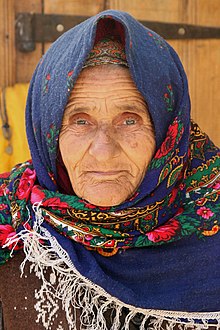
The Tat people’s cultural practices are a vivid expression of their heritage, blending elements of Persian culture with unique local traditions. This amalgamation is evident in their festivals, music, dance, and culinary arts, each offering a glimpse into the community’s vibrant social life.
Festivals and Celebrations: Tat festivals are a lively affair, marked by traditional music, dance, and communal feasting. Navruz, the Persian New Year, is celebrated with great enthusiasm, symbolizing renewal and the arrival of spring. During Navruz, Tat communities come together to partake in rituals that have been passed down through generations, including the setting of the Haft-Seen table adorned with symbolic items representing prosperity, health, and happiness.
Another significant celebration is Mehregan, an ancient Persian festival dedicated to Mithra, the deity of friendship, love, and compassion. Mehregan is characterized by the preparation of elaborate meals, sharing of sweets, and recitation of poetry, reflecting the Tat people’s deep connection to their Persian roots.
Music and Dance: Tat music and dance are integral to their cultural identity, serving as a medium of storytelling and communal bonding. Traditional Tat music features instruments such as the tar (a long-necked string instrument), the daf (a frame drum), and the ney (a type of flute). The melodies and rhythms of Tat music are often melancholic, reflecting the community’s historical experiences and emotional landscape.
Dance is another essential component of Tat cultural expression. Folk dances, performed during festivals and social gatherings, are characterized by their energetic and rhythmic movements. These dances often involve intricate footwork and hand gestures, symbolizing various aspects of life and nature.
Culinary Arts: Tat cuisine is a delightful fusion of Persian and local culinary traditions. Staple foods include a variety of rice dishes, stews, and bread. One of the most beloved dishes is “Ash-e Torsh,” a tangy soup made with herbs, beans, and meat, flavored with a unique blend of spices and lemon juice. This dish, like many others in Tat cuisine, showcases the community’s ability to create flavors that are both robust and harmonious.
Sweets and desserts hold a special place in Tat culinary traditions. “Nan-e Berenji,” rice flour cookies flavored with rose water and cardamom, are a favorite treat during festive occasions. The preparation of these dishes often involves communal effort, reinforcing social bonds and the transmission of culinary knowledge from one generation to the next.
Social Structure and Community Life
The social structure of the Tat people is deeply rooted in communal values and familial bonds. Traditionally, Tat society is organized around extended families, with elders holding significant authority and respect. This hierarchical structure ensures the transmission of cultural values, traditions, and skills across generations.
Community Gatherings: Community gatherings are a cornerstone of Tat social life, providing opportunities for collective celebration, decision-making, and conflict resolution. These gatherings often take place in communal spaces such as village squares or community halls, where members come together to discuss important issues, celebrate milestones, and support each other during times of hardship.
Role of Elders: Elders play a pivotal role in maintaining the cultural continuity of the Tat people. They are the custodians of oral traditions, historical knowledge, and social norms. Through storytelling, poetry recitations, and personal anecdotes, elders impart wisdom and life lessons to younger generations, ensuring that the community’s heritage remains vibrant and relevant.
Gender Roles: Gender roles in Tat society have evolved over time, influenced by broader socio-economic changes and modernization. Traditionally, men were primarily responsible for external affairs such as farming, trade, and community leadership, while women managed household duties, childcare, and artisanal crafts. However, contemporary Tat women are increasingly participating in education, professional careers, and community leadership, reflecting a shift towards more egalitarian gender dynamics.
Challenges and Resilience
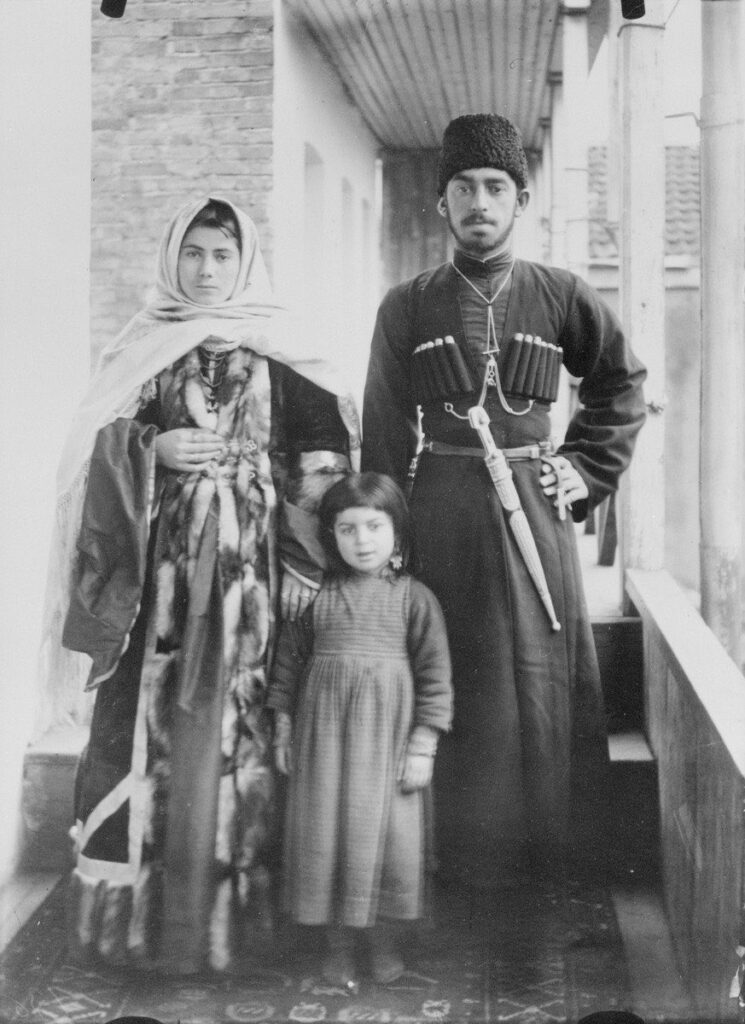
Despite their rich cultural heritage, the Tat people face numerous challenges that threaten the preservation of their identity. Modernization, urbanization, and the dominance of Persian as the national language have led to the erosion of traditional practices and linguistic heritage. Moreover, economic pressures and migration to urban areas have disrupted traditional social structures and lifestyles.
However, the Tat people have demonstrated remarkable resilience in the face of these challenges. Community-led initiatives to revitalize the Tati language, preserve cultural practices, and promote social cohesion are gaining momentum. Efforts to document and teach the Tati language in schools, organize cultural festivals, and create platforms for intergenerational dialogue are crucial steps in safeguarding Tat heritage.
Ethnographic Perspectives
From an ethnographic perspective, the study of the Tat people offers valuable insights into the dynamics of cultural adaptation and resilience. Fieldwork involving participant observation, interviews, and the collection of oral histories provides a nuanced understanding of how the Tat community navigates the complexities of modernity while striving to preserve their cultural identity.
Participant Observation: Ethnographers engaging in participant observation within Tat communities gain firsthand experience of daily life, rituals, and social interactions. This immersive approach allows researchers to observe the subtle nuances of Tat culture, from the preparation of traditional foods to the performance of folk dances.
Interviews and Oral Histories: Conducting interviews with community members, particularly elders, provides a wealth of information about Tat history, traditions, and social norms. Oral histories, in particular, offer a rich tapestry of personal and collective experiences, shedding light on the community’s resilience and adaptability.
Cultural Documentation: Documenting Tat cultural practices through photography, videography, and written records is essential for preserving and sharing their heritage. These ethnographic materials serve as valuable resources for educational and cultural preservation efforts, ensuring that future generations can connect with their roots.
The story of the Tat people of Iran is one of cultural richness, historical depth, and enduring resilience. Their journey, marked by a unique blend of Persian and local influences, reflects the broader narrative of Iran’s ethnic and cultural diversity. Through their language, traditions, and social practices, the Tat people continue to weave a vibrant tapestry that enriches the cultural landscape of Iran.
As we celebrate and study the Tat people, we are reminded of the importance of preserving cultural diversity and fostering a deep appreciation for the myriad ways in which human societies express their identities. The Tat community’s efforts to revitalize their language, maintain their traditions, and adapt to modernity are a testament to their resilience and a source of inspiration for all who value cultural heritage.
In the face of contemporary challenges, the Tat people stand as a beacon of cultural continuity and adaptability. Their story underscores the significance of cultural preservation in a rapidly changing world and invites us to cherish and support the rich tapestry of human diversity that makes our world so vibrant and dynamic.

